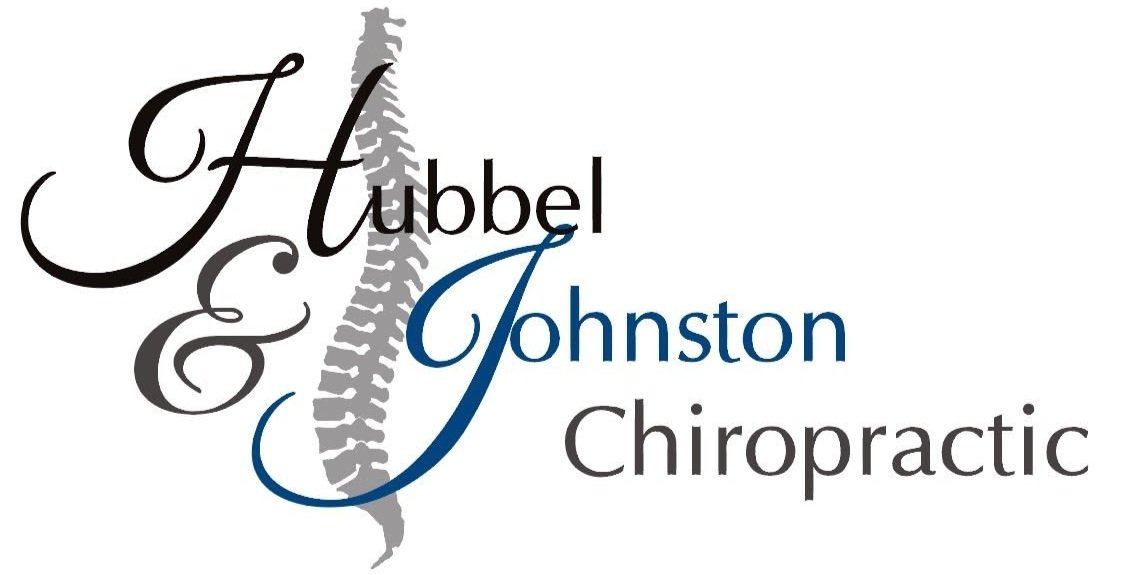When to use Kinesiotape and what it does
Kinesiology tape (K-tape) is a sturdy, stretchy tape that is often used to help facilitate muscle function, stabilize joints, or keep muscles from contracting improperly. It can also be used to help decrease pain, swelling, and muscle spasms.
There are differences between kinesiotape and athletic tape.
Kinesiology Tape
Used to facilitate motion and inhibit pain. Flexible Can improve circulation
Athletic Tape
Used for support and to limit motion. Inflexible decreases circulation
There are different theories about how exactly kinesiology tape works:
Improve circulation and lymphatic drainage: Kinesiology tape gently lifts the superficial layers of skin, creating a space between the skin, fascia, and underlying tissues. This is thought to promote better circulation and lymphatic drainage, reducing swelling and inflammation.
Improve Proprioception: Proprioception is the sensation that allows you to know where your body is in space (say, how high your arm is raised). K-tape may stimulate mechanoreceptors in the skin, muscles, and joints, providing sensory feedback to the brain.
Normalize Muscle Tone: K-tape is also thought to inhibit nociceptors (pain pathways) in your muscles, skin, and joint structures. Decreasing painful input to the brain is thought to normalize muscle tone, resulting in decreased pain and muscle spasms.
Some common uses of kinesiology tape include:
Allowing motion: K-tape can be used to help improve muscular firing and contraction patterns. This can lead to normalized muscular tone and can also help improve athletic performance.
Inhibition and pain management
It can help decrease your nerves' pain signals to the brain, which can help decrease muscle guarding and protective spasms.
Support and stability: Conditions like patellofemoral stress syndrome, iliotibial band friction syndrome, or shoulder instability may benefit from extra support provided by kinesiology tape. The tape can support your joint while still allowing for some motion.
Decreasing swelling: If you have had swelling from an injury or surgery, k-tape may help decrease the swelling by decreasing pressure between the skin and underlying tissues. This provides a pathway for excess fluids to travel through.
Scar tissue management: After surgery or trauma, you may have a scar over the area that was injured. Sometimes the tissue underneath the scar binds to your skin and underlying fascia. This scar tissue can limit your normal mobility and range of motion. K-tape can be used to gently pull on scar tissue, providing a low-intensity, long-duration stretch to the tight collagen that makes up scar tissue.
Meeusen L, Candidori S, Micoli LL, Guidi G, Stanković T, Graziosi S. Auxetic structures used in kinesiology tapes can improve form-fitting and personalization. Sci Rep. 2022 Aug 5;12(1):13509. doi: 10.1038/s41598-022-17688-w.
Karwacińska J, Kiebzak W, Stepanek-Finda B, et al. Effectiveness of Kinesio Taping on hypertrophic scars, keloids and scar contractures. Polish Annals of Medicine. 2012;19(1):50-57. doi:10.1016/j.poamed.2012.04.010
Guney Deniz H, Kinikli G, Onal S, et al. THU0727-HPR Comparison of kinesio tape application and manual lymphatic drainage on lower extremity oedema and functions after total knee arthroplasty. Annals of the Rheumatic Diseases 2018;77:1791. 10.1136/annrheumdis-2018-eular.3360
Kim BJ, Lee JH, Kim CT, Lee SM. Effects of ankle balance taping with kinesiology tape for a patient with chronic ankle instability. J Phys Ther Sci. 2015;27(7):2405-6. doi:10.1589/jpts.27.2405
Wu WT, Hong CZ, Chou LW. The kinesio taping method for myofascial pain control. Evid Based Complement Alternat Med. 2015;2015:950519. doi:10.1155/2015/950519
Villafañe JH, Langford D, Alguacil-Diego IM, Fernández-Carnero J. Management of trapeziometacarpal osteoarthritis pain and dysfunction using mobilization with movement technique in combination with kinesiology tape: a case report. J Chiropr Med. 2013;12(2):79-86. doi:10.1016/j.jcm.2013.06.001
Malicka I, Rosseger A, Hanuszkiewicz J, Woźniewski M. Kinesiology Taping reduces lymphedema of the upper extremity in women after breast cancer treatment: a pilot study. Prz Menopauzalny. 2014;13(4):221-6. doi:10.5114/pm.2014.44997
